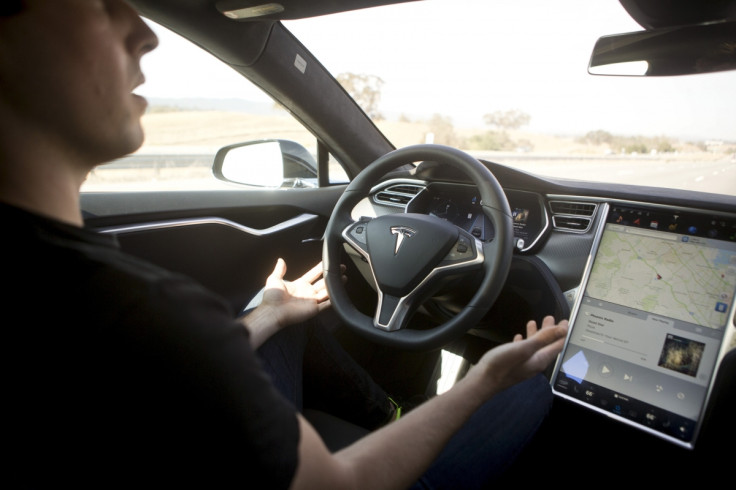Tesla driver in fatal Autopilot crash held wheel for just 25 seconds in 37 minute drive
Report into the death of Joshua Brown found he ignored several messages to put his hands back on the wheel.

A man who was killed when his Tesla Model S crashed into a truck in Florida in May 2016 had his hands on the wheel for just 25 seconds during 37 minutes of driving leading up to the incident.
A government report into the crash, published by the US National Transportation Safety Board (NTSB) on 19 June, also noted how the car and its Autopilot system had warned driver Joshua Brown, a former Navy Seal, several times to put his hands back on the wheel. A visual instruction and audible alarms were used to convey this message, the report said.
Autopilot is often described as an autonomous or self-driving system which takes control of the car.
This is partially true, as when engaged on a suitable road with clear lane markings, Autopilot can operate the accelerator, brakes and steering without driver input. However, Tesla asks that drivers continue to pay attention and keep at least a finger resting on the wheel in case the system encounters a situation it does not understand and needs to immediately hand back the controls.
The system also checks the driver is conscious and alert through a sensory system in the steering wheel. If no torque is applied for more than a few seconds, the car will ask the driver to put their hands back on the wheel, first with a message on the instrument cluster, then via a loud chime.
The 500-page report describes how, on six occasions during the trip, Brown's car had sounded the warning chime, reports Reuters. If Brown had not touched the wheel for much longer between these chimes, the car would have switched the hazard lights on and slowed to a stop, assuming the driver was ill or asleep and unable to drive. It was found that the car suffered from no defects before the collision.

Had Brown been paying attention to the road ahead, the report says he would have had seven seconds to see a truck turning across the lane ahead of him. The car's cameras could not see the truck due to its white colour sitting against a bright sky, and the way it crossed the road meant forward-facing sensors could see the road continue between the trailer's front and rear wheels. Brown "took no braking, steering or other actions to avoid the collision," the report said.
Tesla says Autopilot "does not allow the driver to abdicate responsibility". Company chief executive Elon Musk said soon after the crash that recent improvements in the Autopilot hardware and software mean a crash like Brown's would not happen again.
Brown's last interaction with the car, the report notes, was two minutes before impact when he set the cruise control to 74mph on a section of road with a 65mph limit. Initial reports had claimed Brown was watching a Harry Potter film when the accident occurred, but Brown family lawyer Jack Landskroner says this is "unequivocally false" in the wake of the NTSB report.
The truck driver was charged with a right-of-way traffic violation and will appear in court on 21 June.
© Copyright IBTimes 2024. All rights reserved.






